Chicago Housing Authority Plan For Transformation CHA policies for governing its public housing developments include the Admissions and Continued Occupancy Policy ACOP residential lease agreement and senior designated housing plan CHA policies for governing the Housing Choice Voucher HCV Program including all voucher types and special programs including the Administrative Plan
Plan for Transformation January 6 2000 Chicago Housing Authority 7 Background On September 30 1999 the Agency published its draft Plan for Transformation along with its draft Annual and Five Year Agency Plans and its List of Waivers and Requests Collectively those documents outlined a fundamentally new approach to public housing in Built between 1941 and 1970 Madden Wells was one of the CHA s largest public housing complexes made up of 3 000 pub lic housing units in four developments the Ida B Wells Homes a low rise develop ment first opened in 1941 to house black war workers the Wells Extensions Madden Homes and the high rise Darrow Homes Bowly 1978
Chicago Housing Authority Plan For Transformation

Chicago Housing Authority Plan For Transformation
https://assets.website-files.com/57eebdc5b914d5af0230b1d7/616dd214d89ab40a57b65fb7_cha-4.jpg
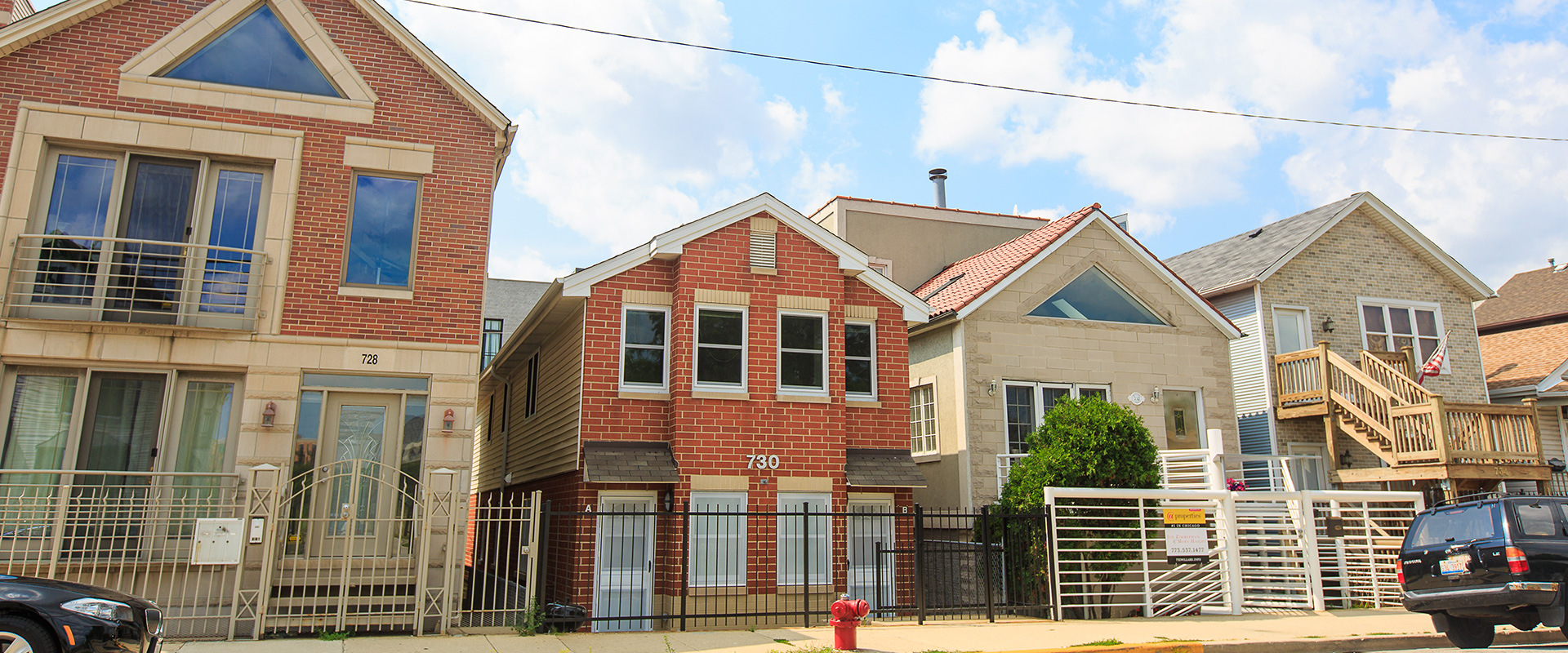
CHICAGO HOUSING AUTHORITY Powers Sons Construction
https://powersandsons.com/wp-content/uploads/sites/14/2020/06/header-cha.jpg

Chicago Housing Authority s Plan For Transformation forme Flickr
https://live.staticflickr.com/4167/33820184804_925979afdd_b.jpg
CHA Plan for Transformation CHA will launch a website that will collect input from visitors http www thecha This will allow anyone with ideas about the future of CHA to make their voice heard and contribute to this historic city wide effort The website will remain available until March 30 2012 The Plan for Transformation the Plan is the city s historic plan to rehabilitate or replace the entire stock of public housing in Chicago
Housing Issue 2019 What Is the CHA Doing by Jake Bittle April 16 2019 This year nearly a quarter century after the federal government first took over the Chicago Housing Authority CHA the agency charged with housing the poorest Chicagoans will finally complete the goal it set in the early days after that takeover Backed by more than a billion dollars as part of the Hope VI plan a major federal initiative to overhaul the nation s public housing the authority launched the Plan for Transformation in
More picture related to Chicago Housing Authority Plan For Transformation

CHICAGO HOUSING AUTHORITY Powers Sons Construction
https://powersandsons.com/wp-content/uploads/sites/14/2020/06/8-52-1024x683.jpg
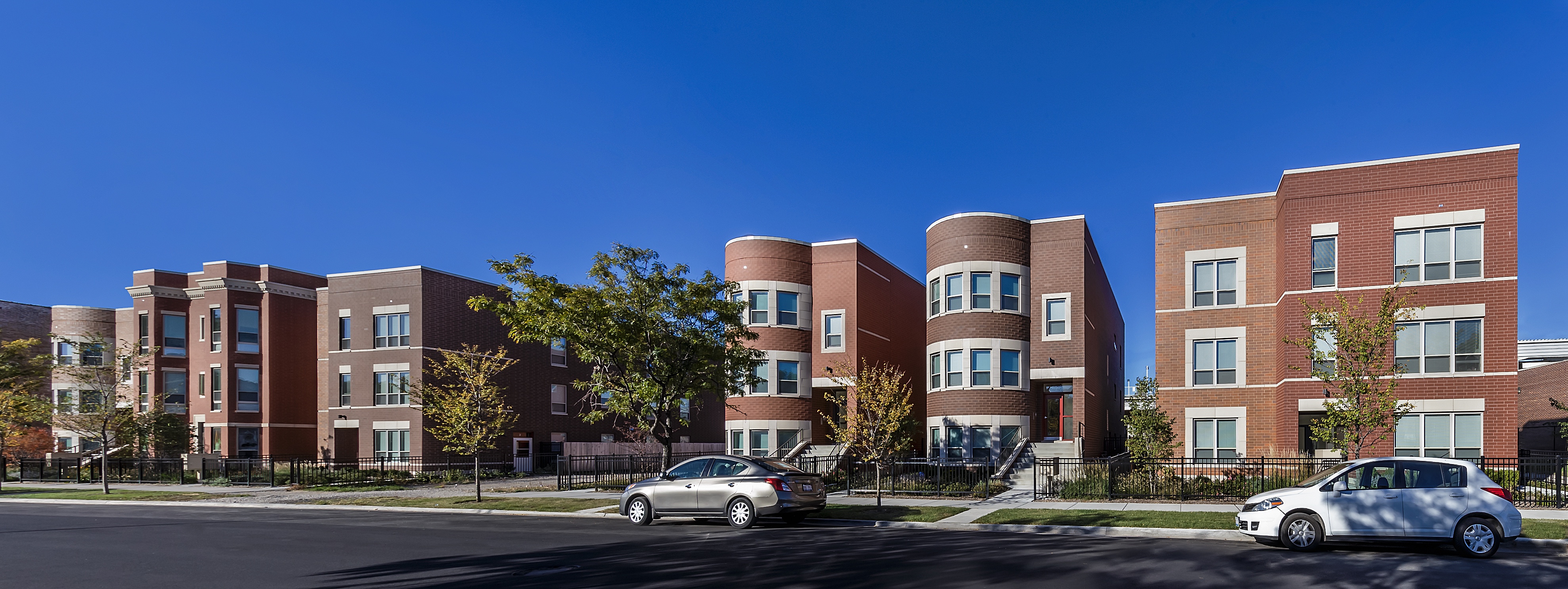
While CHA Nears Key Milestone More Work Remains BPI Chicago
https://www.bpichicago.org/wp-content/uploads/2017/10/Gwendolyn-Place-1.jpg

Chicago Housing Authority Opportunity Area Mapping Urban GIS
https://urbangis.com/wp-content/uploads/2020/10/Chicago-2.jpg
With the support of the City of Chicago the U S Department of Housing and Urban Development HUD and the John D and Catherine T MacArthur Foundation CHA and its stakeholders will be exploring new tools and strategies for completing initial goals and planning for CHA s future role in providing affordable housing options Image courtesy of David Price Urban Institute In 1999 the Chicago Housing Authority CHA launched its 1 billion Plan for Transformation in an ambitious effort to improve housing and neighborhood conditions in the city s most distressed public housing developments
November 1 2000 For too long residents of the Chicago Housing Authority CHA have been concentrated in high and mid rise buildings plagued with crime and isolated from the job opportunities and services available to the rest of Chicago In accordance with its Plan for Transformation the Chicago Housing Authority CHA is on path to renovate or rebuild its entire housing stock of 25 000 units including 7 697 units in mixed income developments 9 434 units in senior facilities 2 543 units in scattered sites and 5 000 units in public housing

Chicago Housing Authority Residents Await Permanent Leadership WBEZ
https://api.wbez.org/v2/images/8e9a0520-5f3e-4494-882d-abe1f76dcd04.jpg?width=1200&height=630&mode=FILL
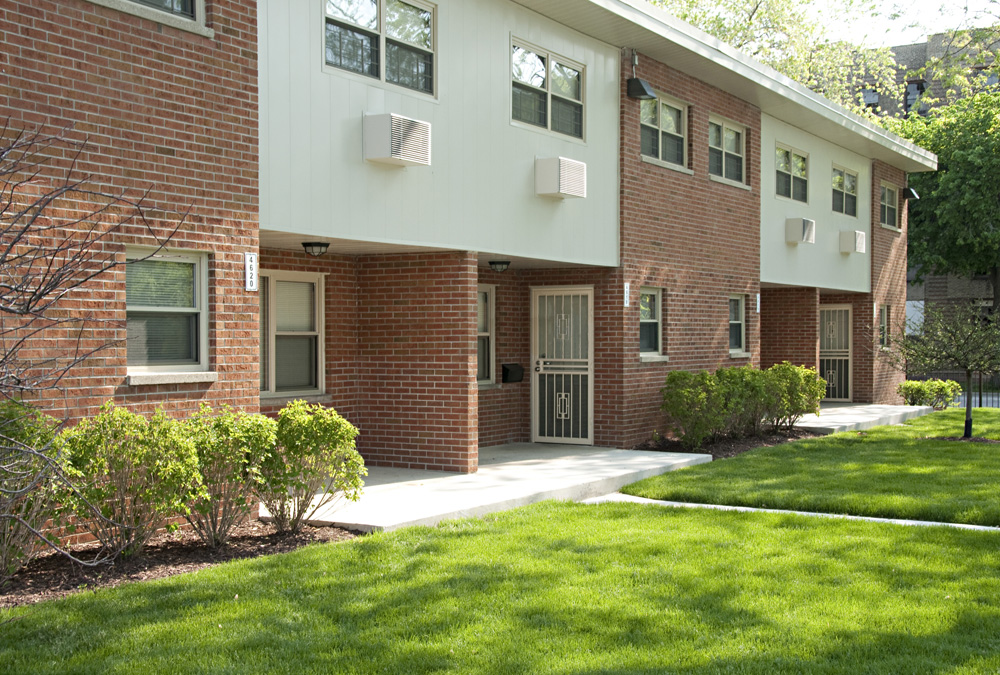
Chicago Housing Authority Fox Fox ArchitectsFox Fox Architects
http://www.foxandfoxarchitects.com/wp-content/uploads/2012/03/CHA.jpg
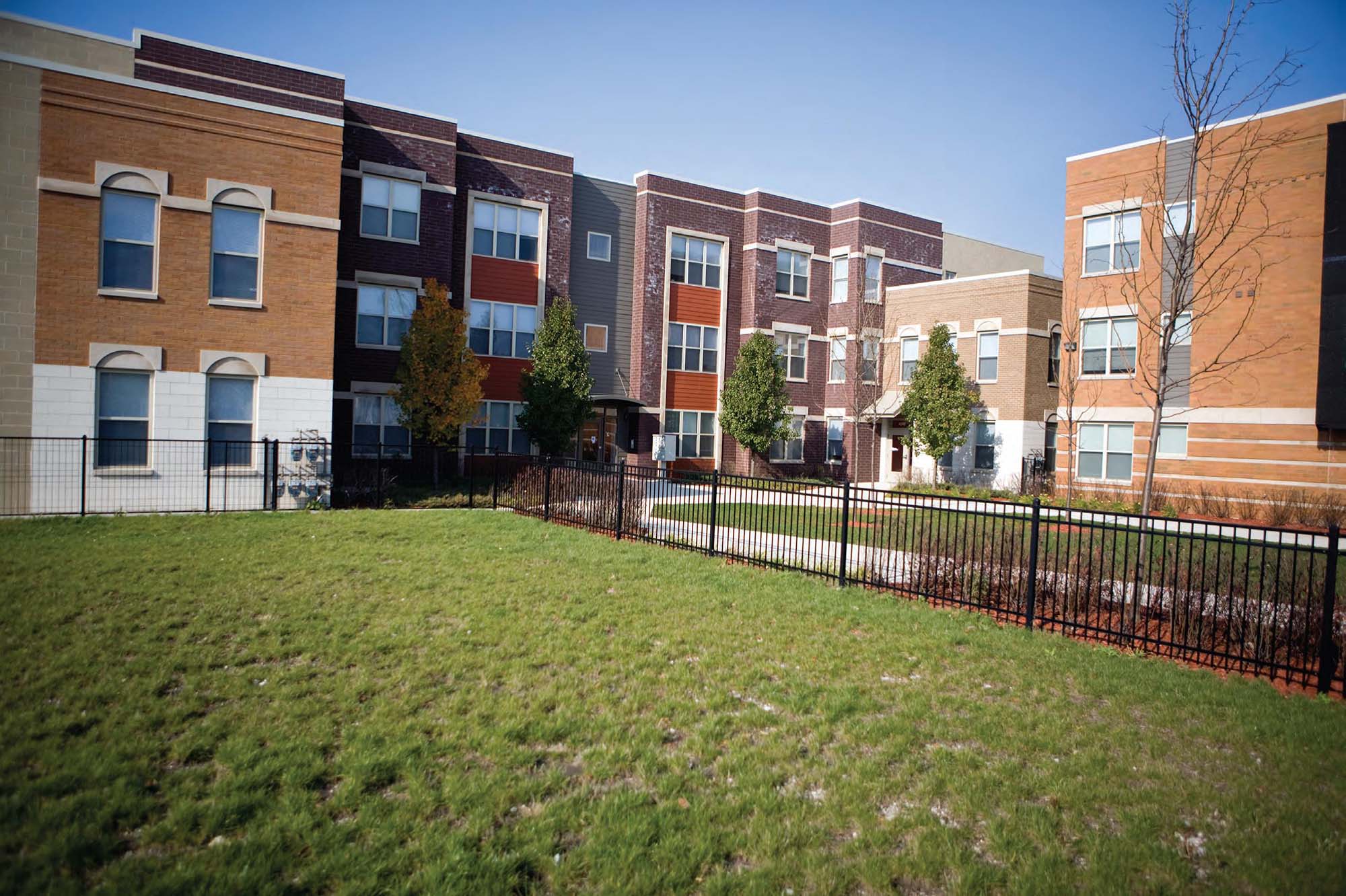
https://www.thecha.org/plans-reports-and-policies
CHA policies for governing its public housing developments include the Admissions and Continued Occupancy Policy ACOP residential lease agreement and senior designated housing plan CHA policies for governing the Housing Choice Voucher HCV Program including all voucher types and special programs including the Administrative Plan
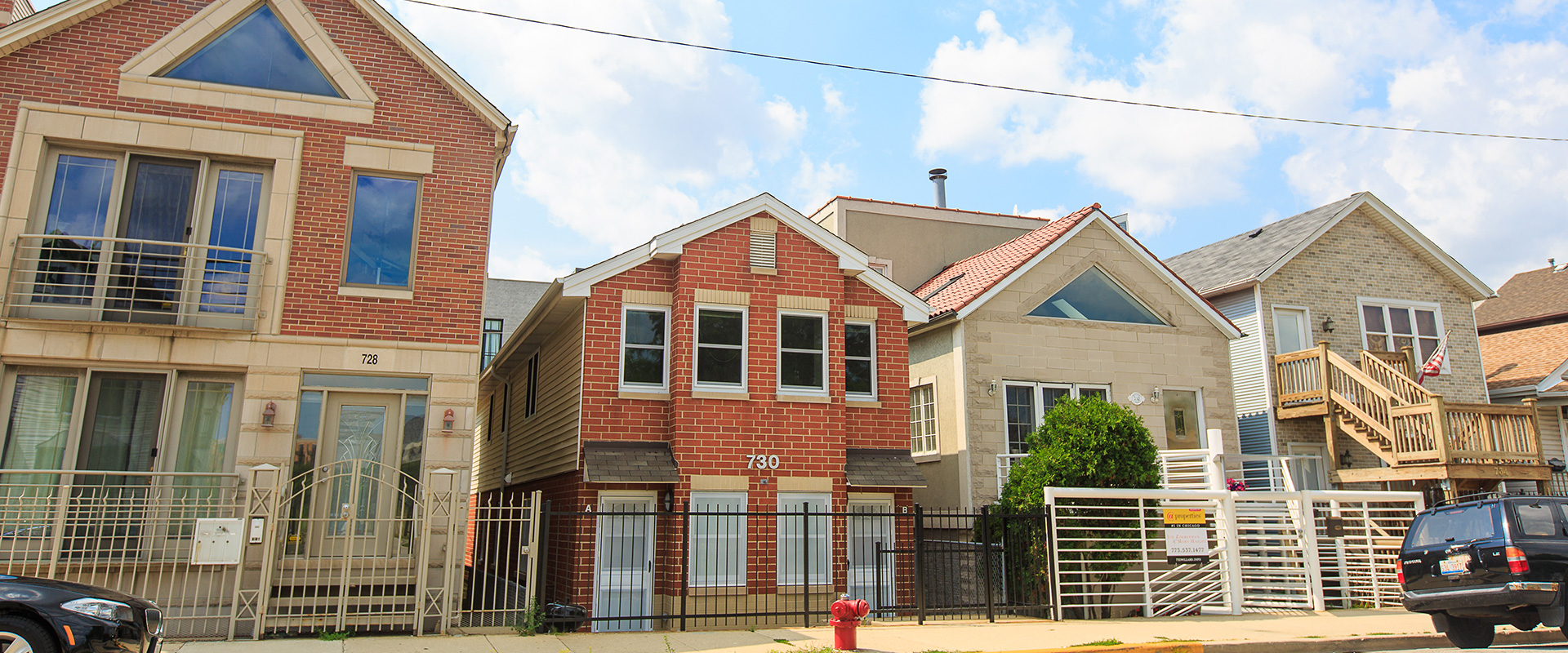
https://www.hud.gov/sites/documents/CHAFY2000-ANNUAL-PLAN.PDF
Plan for Transformation January 6 2000 Chicago Housing Authority 7 Background On September 30 1999 the Agency published its draft Plan for Transformation along with its draft Annual and Five Year Agency Plans and its List of Waivers and Requests Collectively those documents outlined a fundamentally new approach to public housing in

Chicago Housing Authority Looks To Pick New Property Managers Crain s Chicago Business

Chicago Housing Authority Residents Await Permanent Leadership WBEZ

Chicago Housing Authority CHA Guide For Section 8 Tenants 2023

David Schalliol The Chicago Housing Authority s Plan For Transformation

David Schalliol The Chicago Housing Authority s Plan For Transformation

David Schalliol The Chicago Housing Authority s Plan For Transformation

David Schalliol The Chicago Housing Authority s Plan For Transformation

David Schalliol The Chicago Housing Authority s Plan For Transformation

David Schalliol The Chicago Housing Authority s Plan For Transformation

David Schalliol The Chicago Housing Authority s Plan For Transformation
Chicago Housing Authority Plan For Transformation - CHA Plan for Transformation CHA will launch a website that will collect input from visitors http www thecha This will allow anyone with ideas about the future of CHA to make their voice heard and contribute to this historic city wide effort The website will remain available until March 30 2012